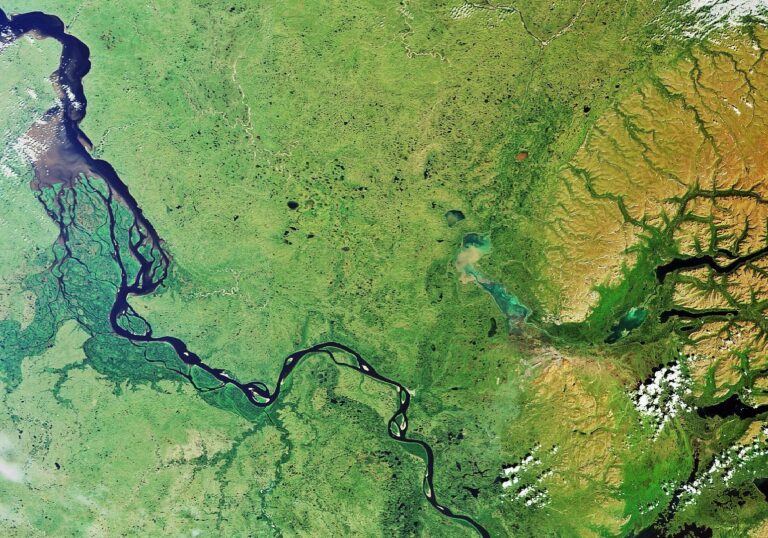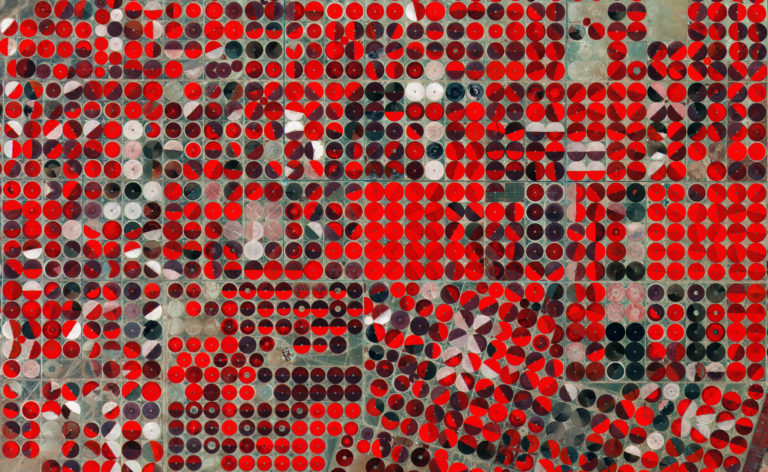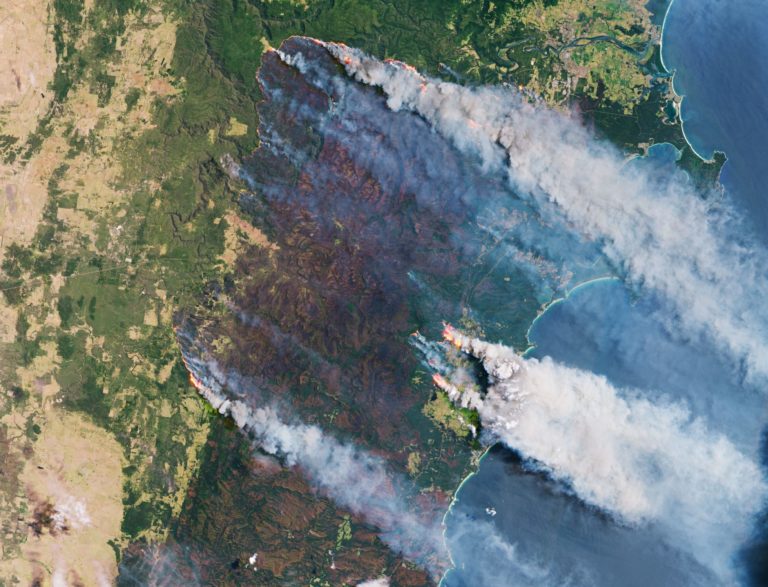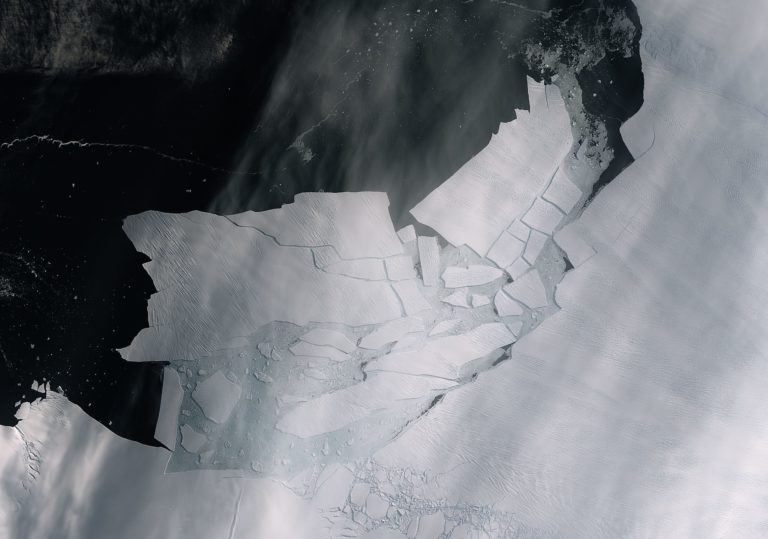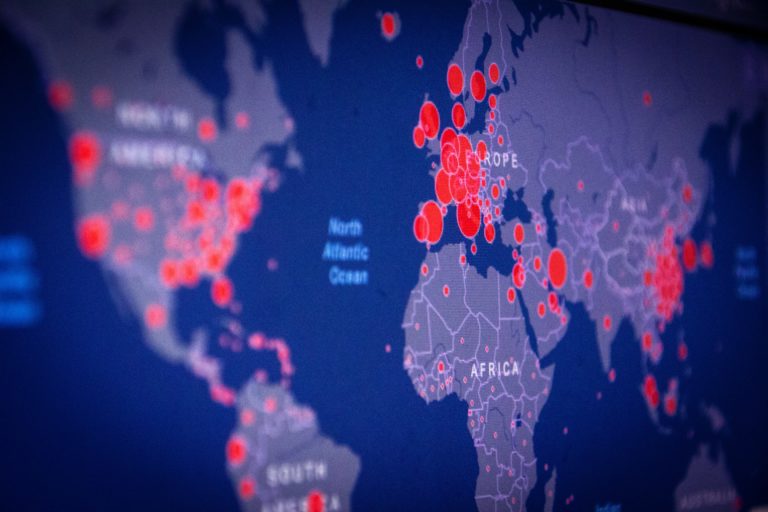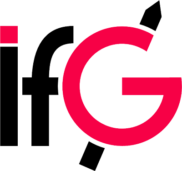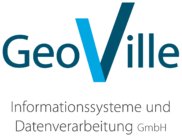In addition, the set-up of recreational public spaces, the extension of attractive, green pedestrian zones and cycle path connections, the best possible access to public transport and the reduction of motorised individual transport are important objectives of the city.
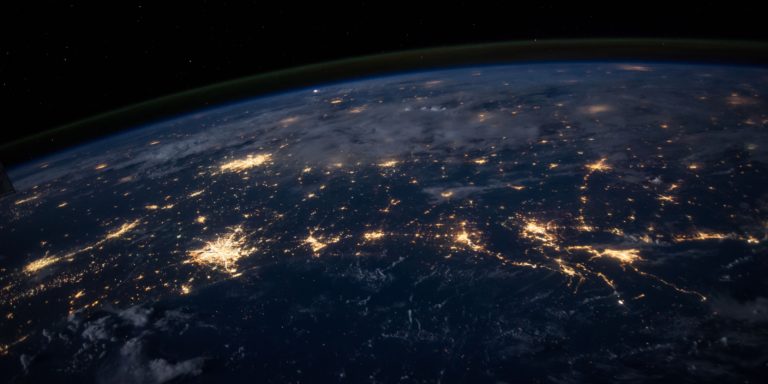
The domains of application of Copernicus, however, are not limited to precision farming. They also include seasonal mapping of cultivated areas, water management and drought monitoring, as well as subsidy controls.
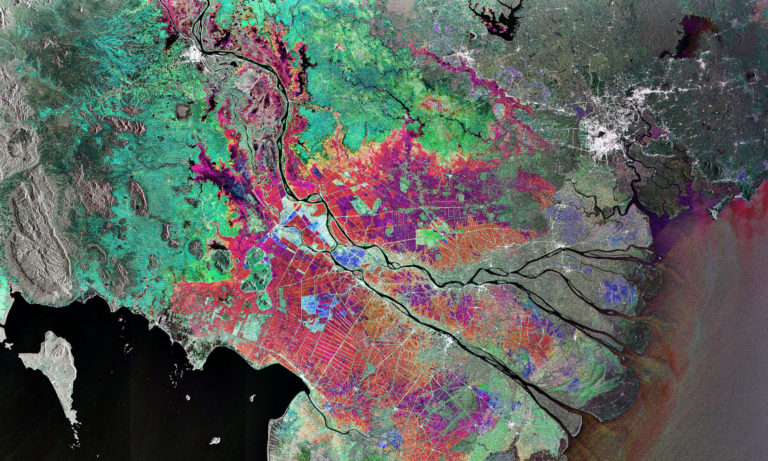
It also enables the production of forest cartographies which take into account different types of parameters, such as tree species or biophysical variables.
Earth Observation data is also used to monitor forest fires (for both real-time detection and tracking) or to monitor illegal logging.
